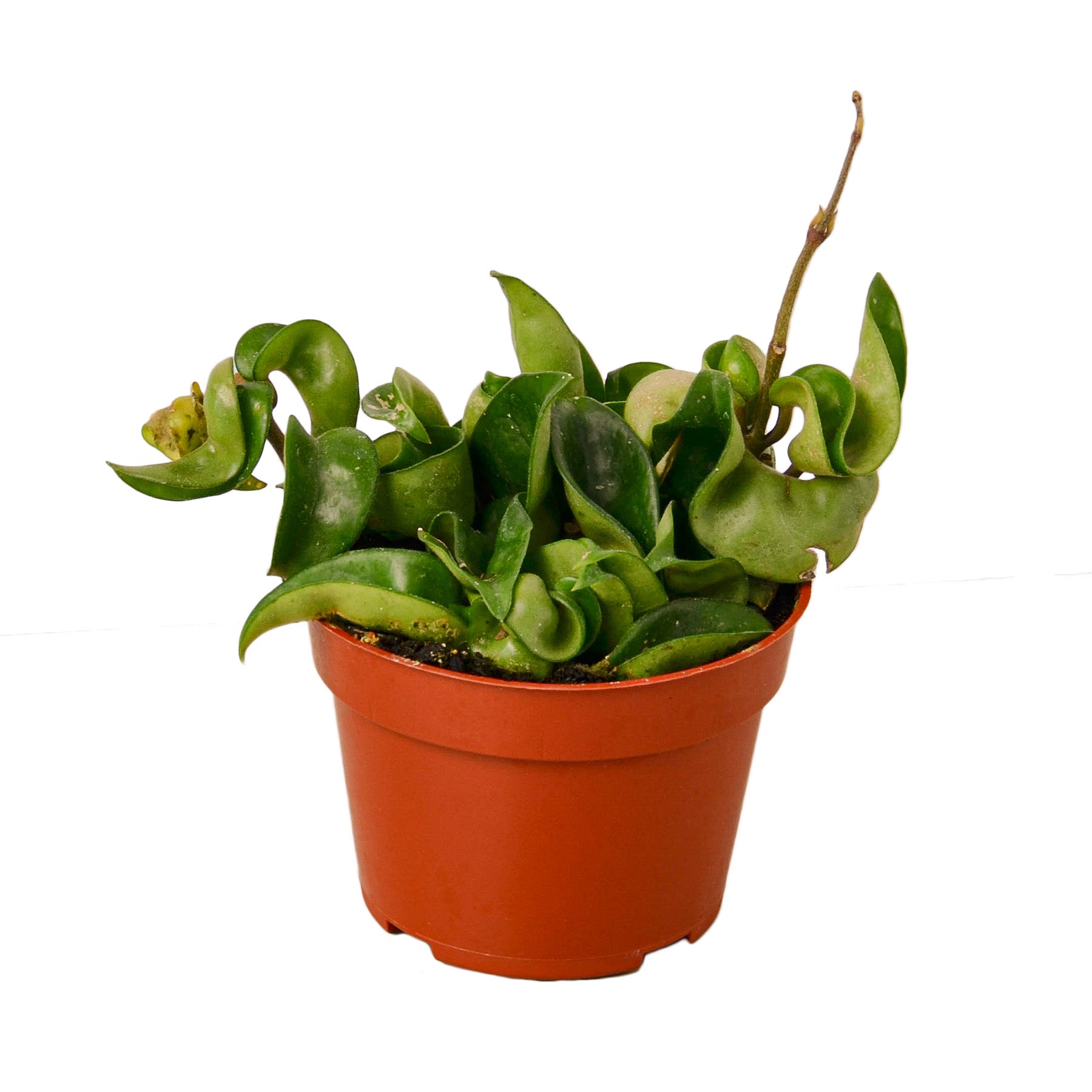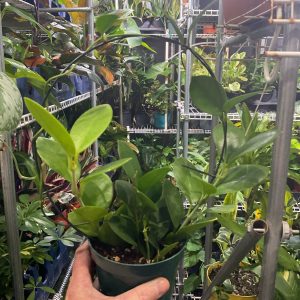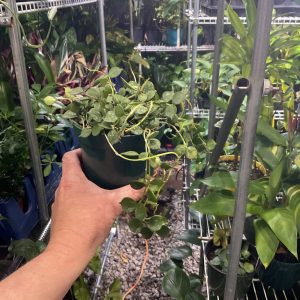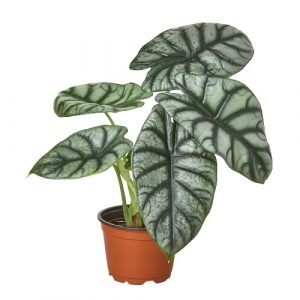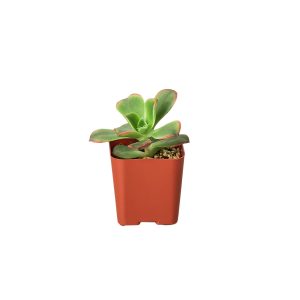Hoya plants are cherished for their unique foliage and stunning, long-lasting flowers. They are well-suited as indoor plants, adding a touch of beauty and charm to any space while being relatively low-maintenance compared to some other flowering plants
The shopping cart has been disabled temporarily due to high demand through our other sales channels. In the meantime, please feel free to take a look at the plants we offer. Thanks!
Hoya Rope Plant – 4″ Pot
Hoya Rope Plant – 4″ Pot – Live Tropical Houseplant – Grown in the USA
ROPE HOYA Features
- SIZE: 4" Pot
- Grown in the USA By licensed nursery.
The Rope Hoya is a flowering vine that has been used for centuries in Asia for its strong, durable fibers. The plant is native to the mountainous regions of China, but today it is cultivated in many other parts of the world. The Rope Hoya grows to a height of about 5 feet and produces small, white flowers that are pollinated by bees. The flowers are traditionally used as a herbal remedy for treating problems such as asthma, arthritis, and fever. In addition, the Rope Hoya fiber is often used to make rope, cloth, and paper. The Rope Hoya was first discovered in China during the Han Dynasty 202 BC220 AD. At that time, the Chinese were using hemp fibers to make military ropes. Over time, the Chinese began to discover the benefits of using the Rope Hoya fiber for rope production. Today, the Rope Hoya is still a popular choice for rope production around the world.
Hoya plants are generally considered non-toxic to humans and pets, making them safer options for households with animals or small children.
Light: They thrive in bright, indirect light. Some varieties can tolerate a bit of direct sunlight, especially morning sunlight, but harsh sun can damage the leaves.
Watering: Allow the soil to dry out partially between waterings. Hoya plants prefer well-draining soil and are sensitive to overwatering.
Temperature: They generally prefer average room temperatures between 60-80°F (15-27°C) and can tolerate slightly cooler temperatures.
Humidity: Hoya plants can handle normal indoor humidity levels, but they appreciate slightly higher humidity. Misting can be beneficial, especially in drier environments.
Maintenance:
Pruning: Prune to control the plant's size or encourage branching and fuller growth.
Repotting: Repot when the plant becomes root-bound, usually every 1-2 years, using a well-draining potting mix.
Support: Some Hoya varieties are climbing vines that benefit from supports like trellises or stakes.
Different Species and Cultivars: There's a wide variety of Hoya species and cultivars available. Some popular ones include Hoya carnosa, Hoya kerrii (Heart-leaf Hoya), Hoya linearis, Hoya obovata, and Hoya pubicalyx.
Foliage: Hoya plants feature thick, succulent-like leaves that are often glossy and have various shapes and sizes, depending on the species or variety. Some have variegated foliage, adding to their ornamental value.
Flowers: Hoya plants produce clusters of star-shaped flowers that are waxy and fragrant. These blooms can come in different colors, such as white, pink, red, or yellow, depending on the species.
